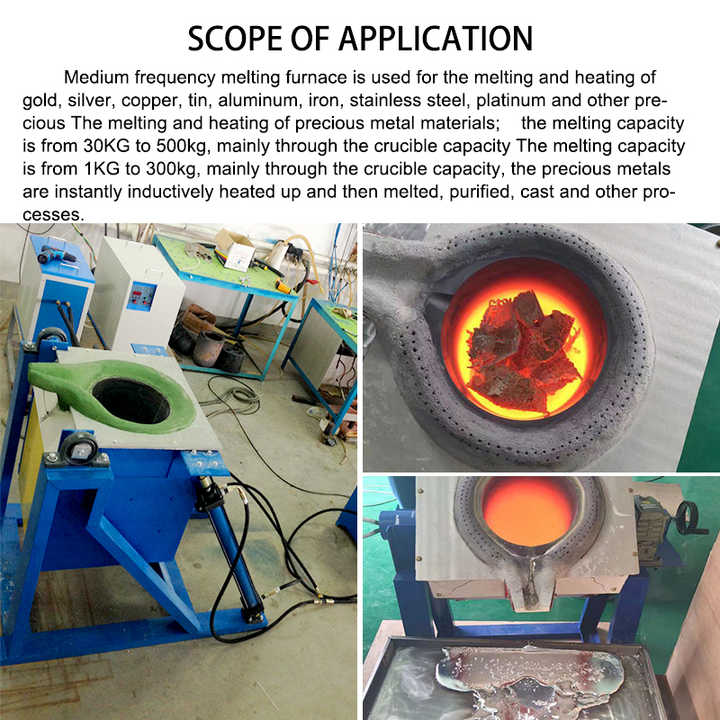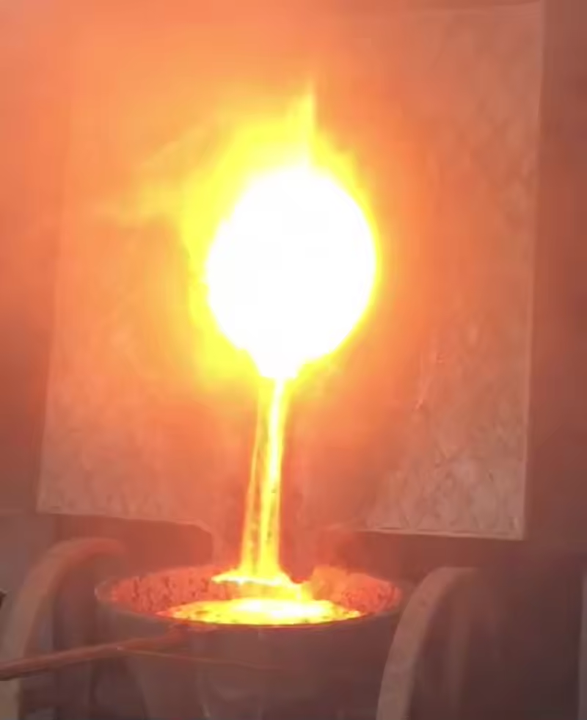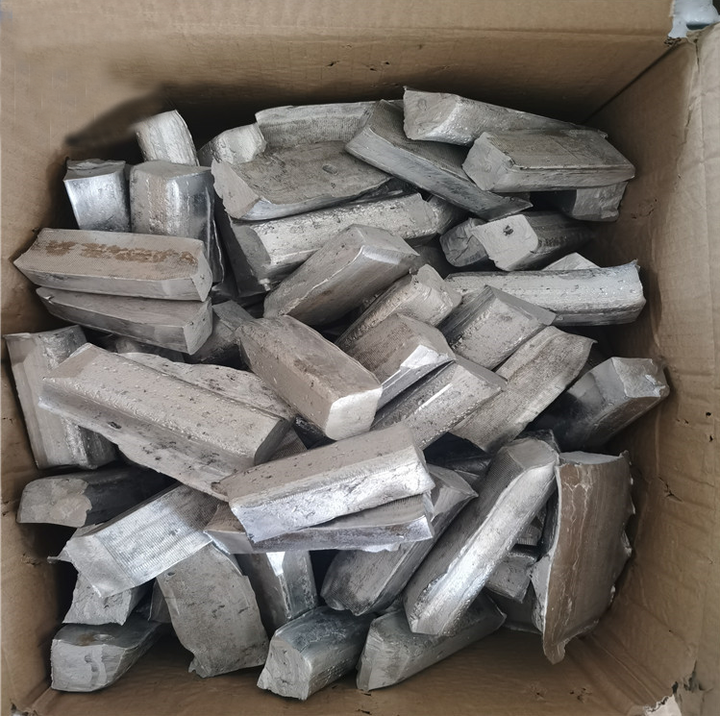different ways for refining silver
Different Ways for Refining Silver An In-Depth Guide
Refining silver is a critical process that transforms raw silver ore or scrap silver into pure, valuable metal. Whether you are working with mined silver or recycled material, understanding the different ways for refining silver is essential to achieving high purity. In this article, we will explore the most common techniques used for refining silver and their advantages.
What is Silver Refining?
Silver refining is the process of removing impurities from silver to produce pure or nearly pure silver. The impurities might include base metals like copper, zinc, and lead, or even small traces of gold or platinum. Silver refining is typically performed by both professional refiners and individuals working with scrap silver or small amounts of ore.
Methods of Refining Silver
- CupellationCupellation is one of the oldest methods of refining silver. This process uses high temperatures and a blast of air to separate silver from other metals. The material is placed in a cupel (a porous container) and heated to very high temperatures in a furnace. The impurities oxidize and are absorbed by the cupel, while the silver remains as a pure metal.
- Advantages:
- Simple and effective.
- Works well for smaller quantities.
- Disadvantages:
- Requires specialized equipment and high temperatures.
- Not ideal for refining large amounts of silver.
- Advantages:
- Electrolytic RefiningIn electrolytic refining, silver is purified using an electric current. A silver anode is placed in a solution of silver nitrate and nitric acid, and a current is passed through the solution. Silver ions from the anode dissolve in the solution and are deposited onto a pure silver cathode. Impurities, known as anode mud, are left behind.
- Advantages:
- Produces extremely high-purity silver.
- Can handle large quantities.
- Disadvantages:
- Requires access to specialized equipment.
- The process can take time.
- Advantages:
- Inquartation and PartingThis method involves adding base metals, such as copper, to the impure silver to lower its purity. Once the silver alloy has been produced, it is dissolved in nitric acid. The base metals dissolve in the acid, leaving behind pure silver in the form of a solid precipitate.
- Advantages:
- Relatively simple for those familiar with the chemistry.
- Produces high-purity silver.
- Disadvantages:
- Requires handling hazardous chemicals like nitric acid.
- Time-consuming.
- Advantages:
- Acid RefiningAcid refining involves dissolving silver in acid and then recovering the metal in pure form. The most common acid used is nitric acid, which dissolves silver and other metals, allowing the silver to be precipitated out. In some cases, hydrochloric acid may also be used to precipitate silver chloride, which can then be reduced to pure silver.
- Advantages:
- Useful for refining small quantities.
- Can be done at home with proper safety precautions.
- Disadvantages:
- Hazardous chemicals are required.
- Requires proper disposal of chemical waste.
- Advantages:
- Fire Refining (Smelting)Fire refining involves melting silver ore or scrap and adding fluxes to remove impurities. The molten silver is poured into molds, leaving the impurities behind as slag. This method is used by both large-scale refineries and hobbyists working with scrap silver.
- Advantages:
- Can handle a variety of materials, including ore and scrap.
- Does not require complex chemical processes.
- Disadvantages:
- Requires a high-temperature furnace.
- Less precise than other methods, such as electrolytic refining.
- Advantages:
- Miller ProcessThough commonly associated with gold refining, the Miller process can also be adapted to silver refining. It involves blowing chlorine gas through molten silver, which reacts with base metals to form chloride salts that rise to the surface and can be skimmed off.
- Advantages:
- Quick and efficient for large quantities of silver.
- Removes most impurities.
- Disadvantages:
- Requires handling of hazardous gases.
- May not produce the highest purity compared to other methods.
- Advantages:
Choosing the Best Method for Refining Silver
The best method for refining silver depends on the type and quantity of material you are working with, as well as the resources and equipment available. For hobbyists working with small amounts of scrap silver, cupellation or acid refining are often the most accessible methods. For large-scale refining, electrolytic refining or the Miller process may be more efficient and capable of handling greater volumes.
Safety Considerations
Refining silver involves exposure to high temperatures, hazardous chemicals, and sometimes toxic fumes. Proper safety precautions are essential. Always wear protective gear, including gloves, goggles, and aprons. Ensure good ventilation in your workspace and be cautious when handling acids or other reactive substances.
Understanding the different ways for refining silver gives you the flexibility to choose the most appropriate method for your needs. Whether you’re a hobbyist refining silver at home or a professional working with larger quantities, options like electrolytic refining, acid refining, and smelting provide viable paths to producing pure silver.


















